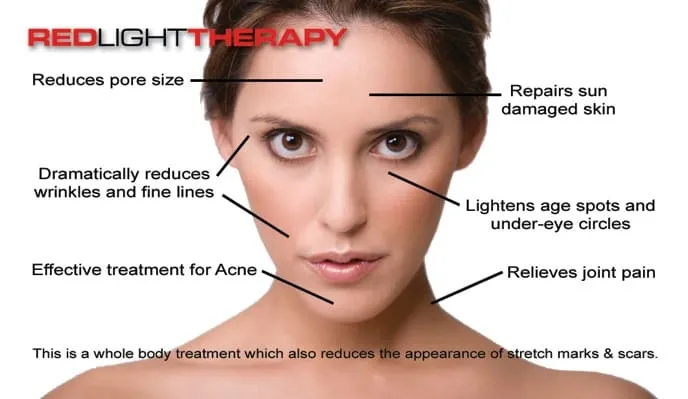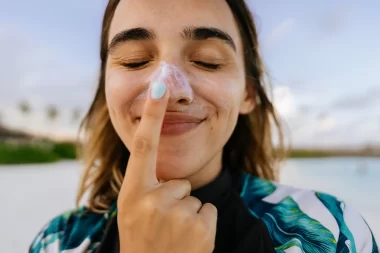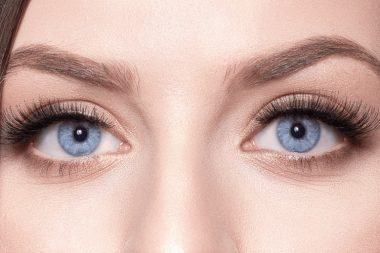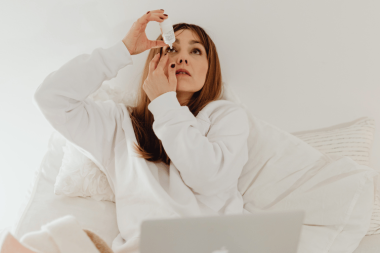
What is Red Light Therapy?
Red Light Therapy, also known as Low-Level Laser Therapy (LLLT) or Photobiomodulation, is a non-invasive treatment that uses red and near-infrared wavelengths of light to stimulate natural cellular processes in the body. This therapy has gained popularity for its potential health and skincare benefits.
Pros & Cons of Red Light Therapy
Pros:
- Collagen Production: Red light therapy is believed to stimulate the production of collagen, a protein that provides structure and elasticity to the skin. This can lead to improved skin texture, reduced wrinkles, and a more youthful appearance.
- Improved Skin Tone and Texture: The therapy may help reduce the appearance of fine lines, scars, and age spots, resulting in a smoother and more even skin tone.
- Wound Healing: Red light therapy has been studied for its ability to accelerate wound healing and tissue repair, making it potentially beneficial for post-surgical recovery and skin injuries.
- Reduced Inflammation: The therapy has anti-inflammatory properties that could help alleviate skin conditions like acne, rosacea, and psoriasis.
- Hair Growth: Red light therapy has been explored for its potential to stimulate hair follicles and promote hair growth in individuals with certain types of hair loss.
Cons:
- Limited Research: While there’s promising research, more high-quality studies are needed to fully understand the efficacy and long-term effects of red light therapy.
- Varied Results: Individual responses to red light therapy can vary, and some people may not experience noticeable benefits.
- Time Commitment: Achieving noticeable results may require consistent and frequent sessions over a period of time.
Is Red Light Therapy Useful to Skincare?
Red light therapy has shown potential benefits for skincare, particularly in terms of collagen production, skin texture improvement, and reduction of fine lines. Studies have demonstrated positive effects on skin health, including enhanced circulation, increased cellular energy production, and reduced oxidative stress.
While red light therapy can be useful for skincare, it’s important to note that its effectiveness can vary based on factors such as the device used, treatment duration, and individual skin type. It’s not a one-size-fits-all solution, and results may take time to become apparent.
Conclusion:
Red light therapy is a non-invasive and relatively safe treatment option that holds promise for improving skin health and appearance. However, it’s recommended to consult with a healthcare professional or dermatologist before starting any new skincare regimen or treatment, including red light therapy. They can provide personalized advice based on your skin type, concerns, and goals.










Leave a Reply